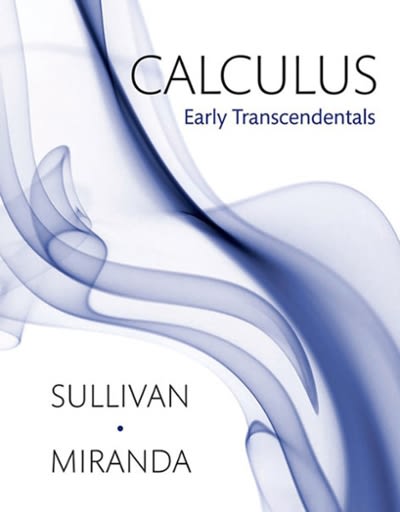Question
The following set of numbers form an ideal data set for the experiment of flipping a certain unfair coin, and counting the number of heads:
The following set of numbers form an ideal data set for the experiment of flipping a certain unfair coin, and counting the number of heads:
{0, 0, 0, 0, 0, 0, 0, 0, 0, 0, 0, 0, 0, 0, 0, 0, 1, 1, 1, 1, 1, 1, 1, 1, 2}
This question has 5 parts:
(a) Based on the numbers appearing in the ideal data set, how many flips must there have been in this experiment?
(b) Find the population mean of this ideal data set. Show enough work to make clear that you understand.
(c) Use the population mean to find the probability of heads on each individual flip. Show enough work to make clear that you understand.
(d)Find the population standard deviation. Work directly with the definition of standard deviation, and do not use any shortcut formulas. Show enough work to make clear that you understand.
(e)Now use the shortcut formula (involvingNandp) to compute the population standard deviation. You don't need to show work here.
Step by Step Solution
There are 3 Steps involved in it
Step: 1

Get Instant Access to Expert-Tailored Solutions
See step-by-step solutions with expert insights and AI powered tools for academic success
Step: 2

Step: 3

Ace Your Homework with AI
Get the answers you need in no time with our AI-driven, step-by-step assistance
Get Started


